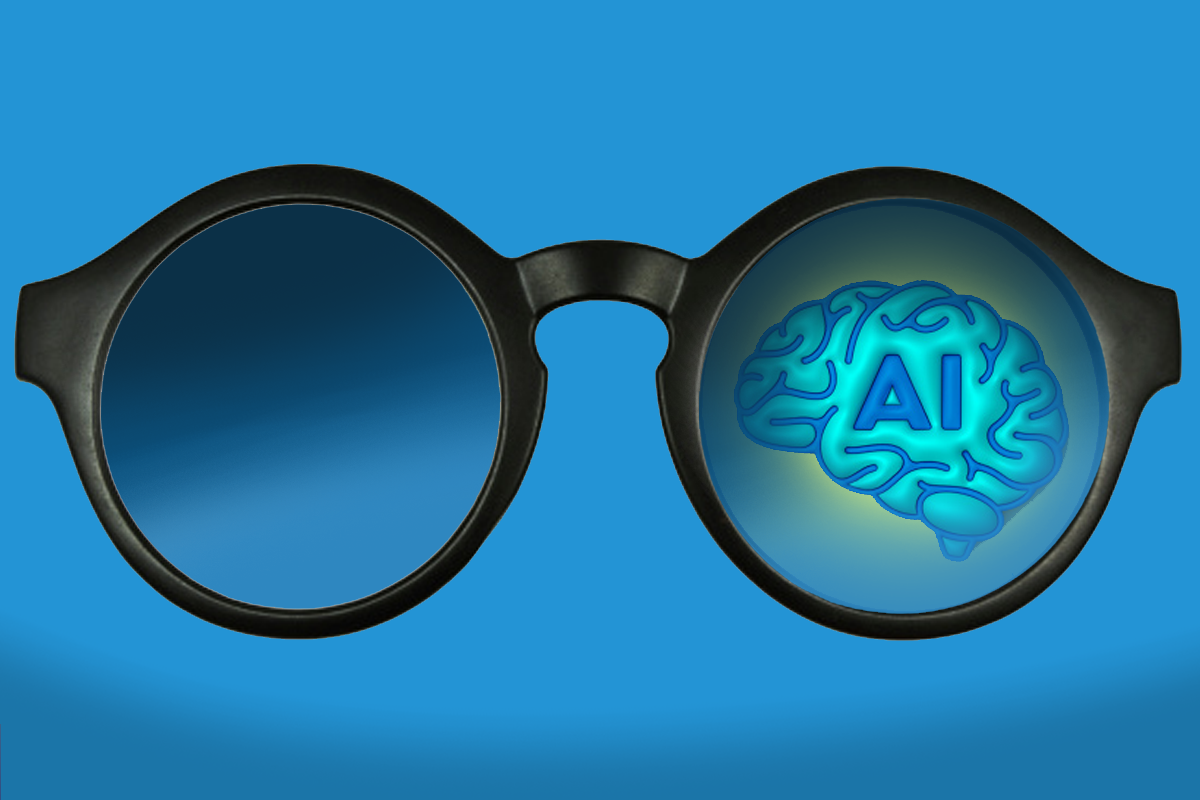

3 Generative AI Blind Spots Health Execs Need to Recognize

Momentum has been building for deploying generative artificial intelligence (AI) to drive administrative efficiency, reduce clinical documentation burdens and to hyperpersonalize the patient care experience.
Yet, even with these and other potential benefits of the technology, many health care leaders remain wary about issues like data accuracy and availability, accountability and perpetuating biases. These concerns may be well-founded, but a recent Deloitte report notes that many health care executives have potential blind spots that prevent successful integration of the technology.
Some organizations are overly focused on the importance of data without developing an overarching framework that focuses equally on consumers, governance and the workforce.
3 Potential Generative AI Blind Spots to Recognize
The report, based on a survey of 60 health care executives, found that 70% are highly focused on data considerations like availability, quality, compliance, and security and privacy during AI implementation. The survey also found several potential blind spots (defined as considerations that less than 60% of executives are focused on), that may prevent organizations from successfully integrating generative AI into their workflows. They include:
1 | Implementing Effective Governance
Implementing a governance model can get lost among other data priorities. Implementing a governance model, inclusive of data, is important to help ensure the effective use and quality of data, mitigate data bias for equitable design, and safeguard patient privacy, the report states. These factors can help build consumer and employee trust. Nevertheless, creating a data governance model (60%) and mitigating data biases (45%) ranked among the lowest considerations for health care executives.
Takeaway
Establish key decision-makers and strategies that empower teams to test, learn and build. While organizations can pursue various decentralized or centralized models, center of excellence models have shown the greatest promise, the authors explain. These models tend to centralize expertise, helping to ensure that AI applications are developed and deployed with uniform standards for safety and adherence to regulations. Centers of excellence can foster interdisciplinary cooperation, optimize resources, encourage innovation within a risk-management framework, ensure ethical considerations in AI deployment, and support scalability and efficient vendor management.
2 | Building Consumer Trust
Surveyed execs say they are less focused on building consumer trust in generative AI and improving data sharing (50%) and educating consumers about AI and its risks (45%). This comes at a time when many consumers are seeking greater transparency on how their data is being used and who is using it. Health care organizations that don’t recognize this trend may find that trust and engagement levels in the technology may drop, the authors say.
Takeaway
Actively engage consumers to understand their most critical pain points and learn what AI solutions they’re willing to use. This can be done through direct consumer input and conducting focus groups while iteratively building, testing and deploying new products. The process should be led with transparency, equity and collaboration.
3 | Investing and Responding to Workforce Needs
This is a low-priority issue among respondents. Recent Deloitte cross-industry research shows that early adopters see more value in using generative AI to upskill and reskill their employees than reducing costs by eliminating jobs. Many execs may miss this imperative, however, as the report reveals that less than two-thirds of the respondents (63%) were focused on workforce upskilling, addressing workers’ concerns (60%), and change management, i.e., shifting job roles and workforce composition (57%).
Takeaway
Just as with consumers, getting workforce buy-in is critically important. You may want to start by focusing on the needs of employees and address any fears of the technology. Emphasize workforce AI literacy and integration of generative AI as a workforce ally rather than a challenge. This can help workers focus on the aspects of their roles that help them grow and develop within the changing environment.



